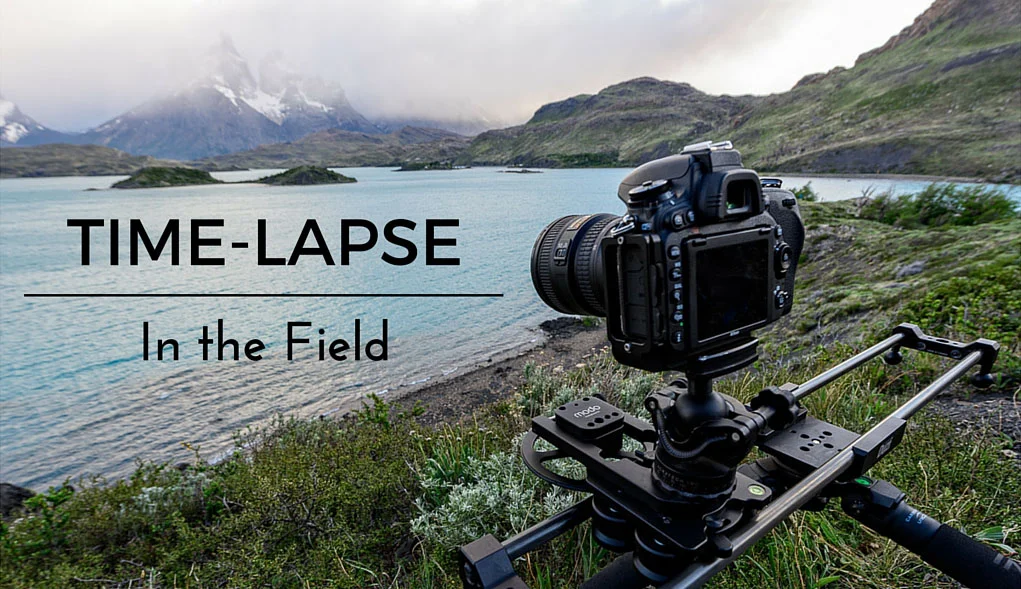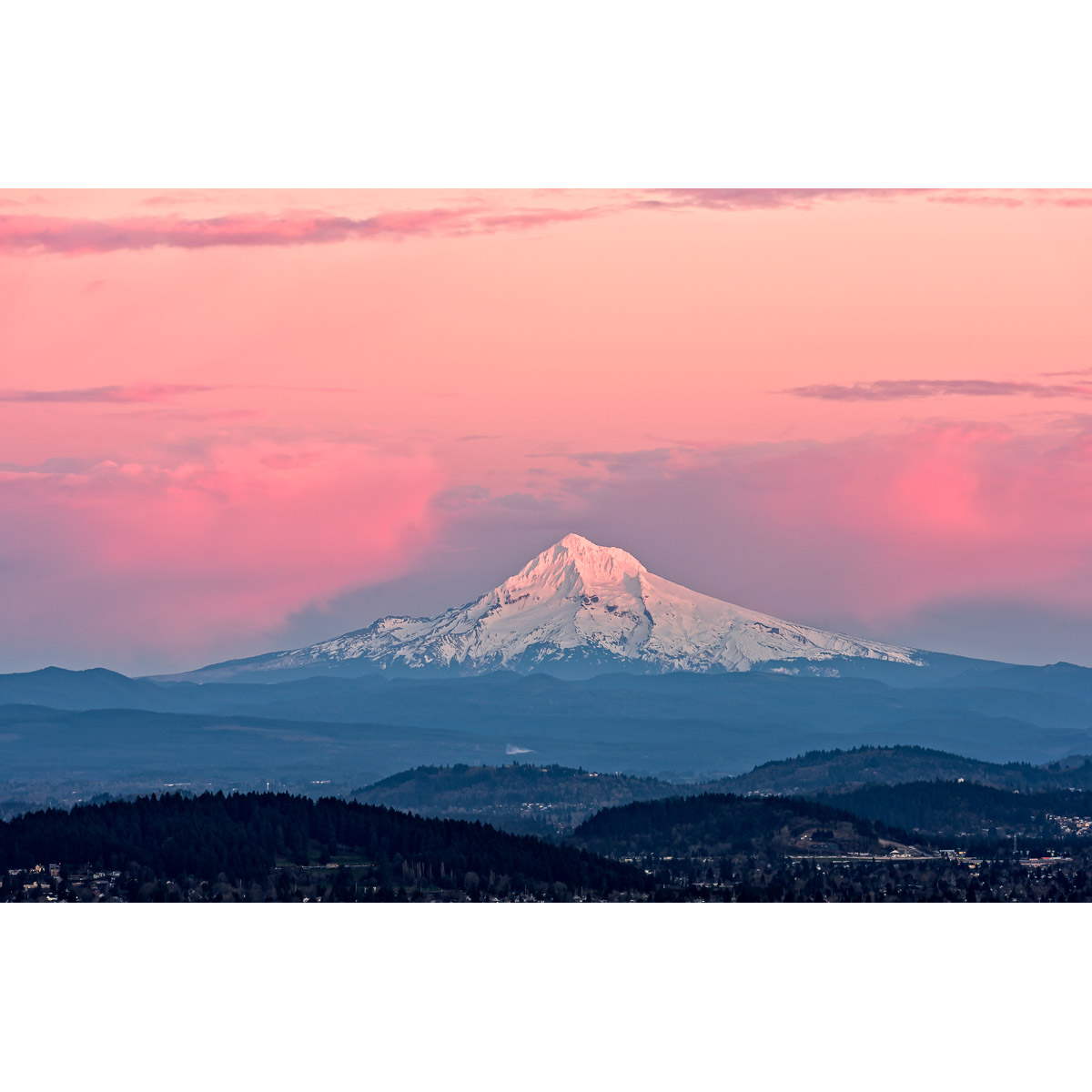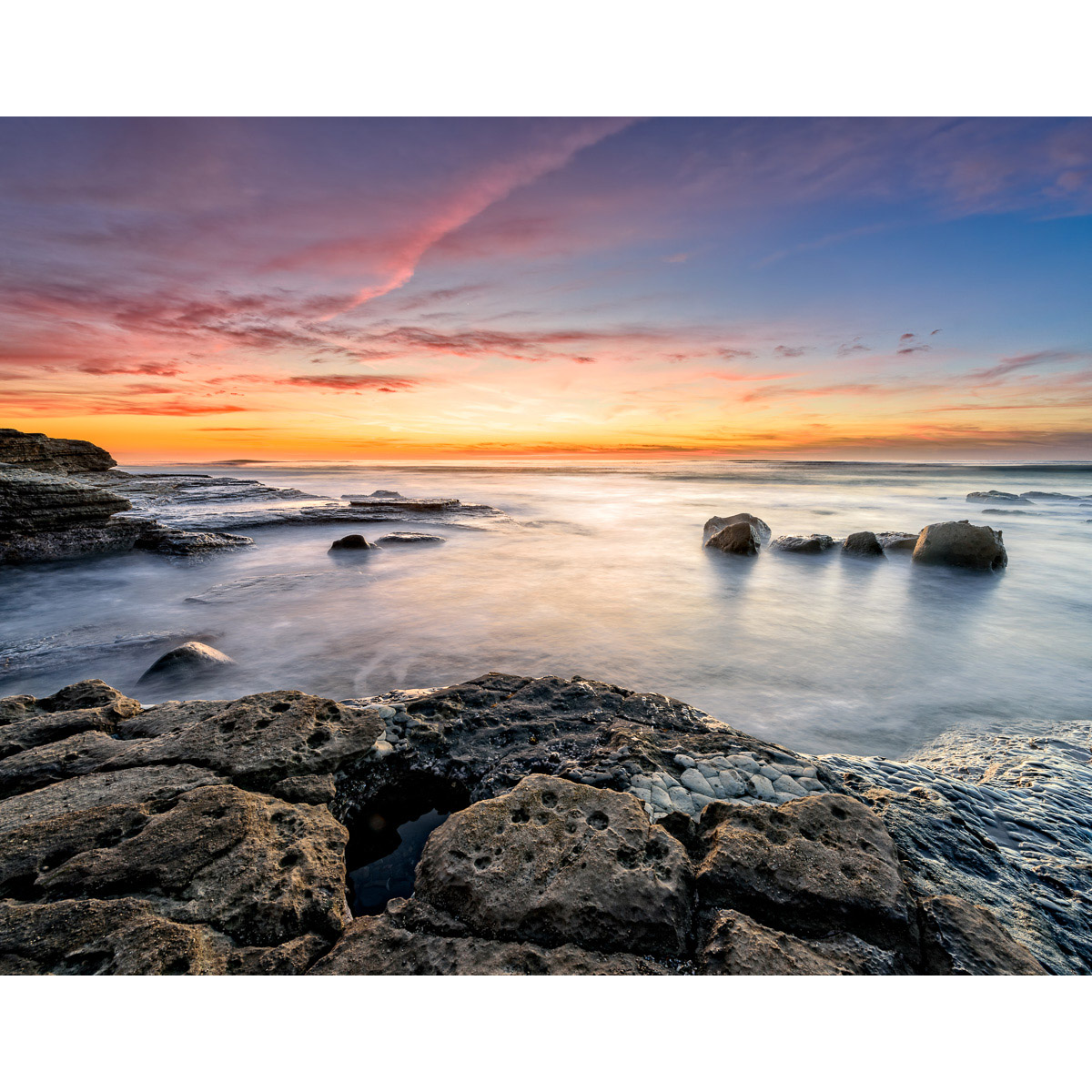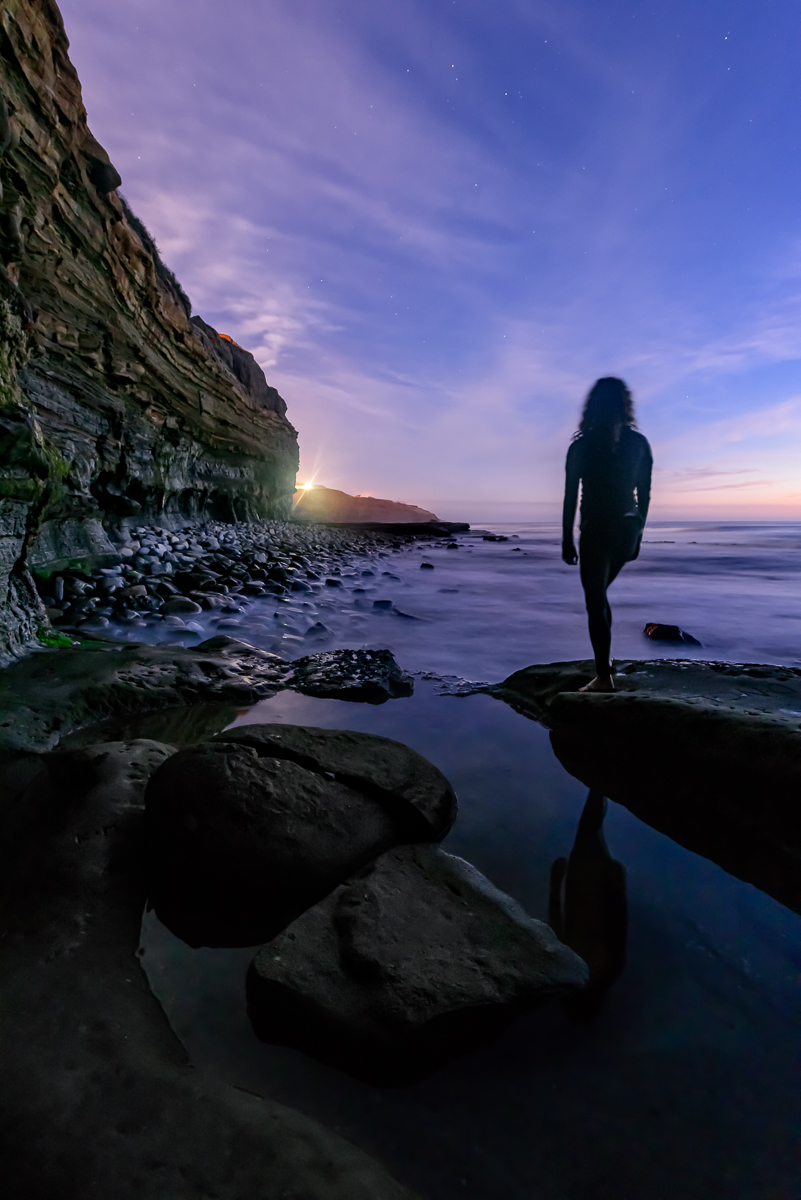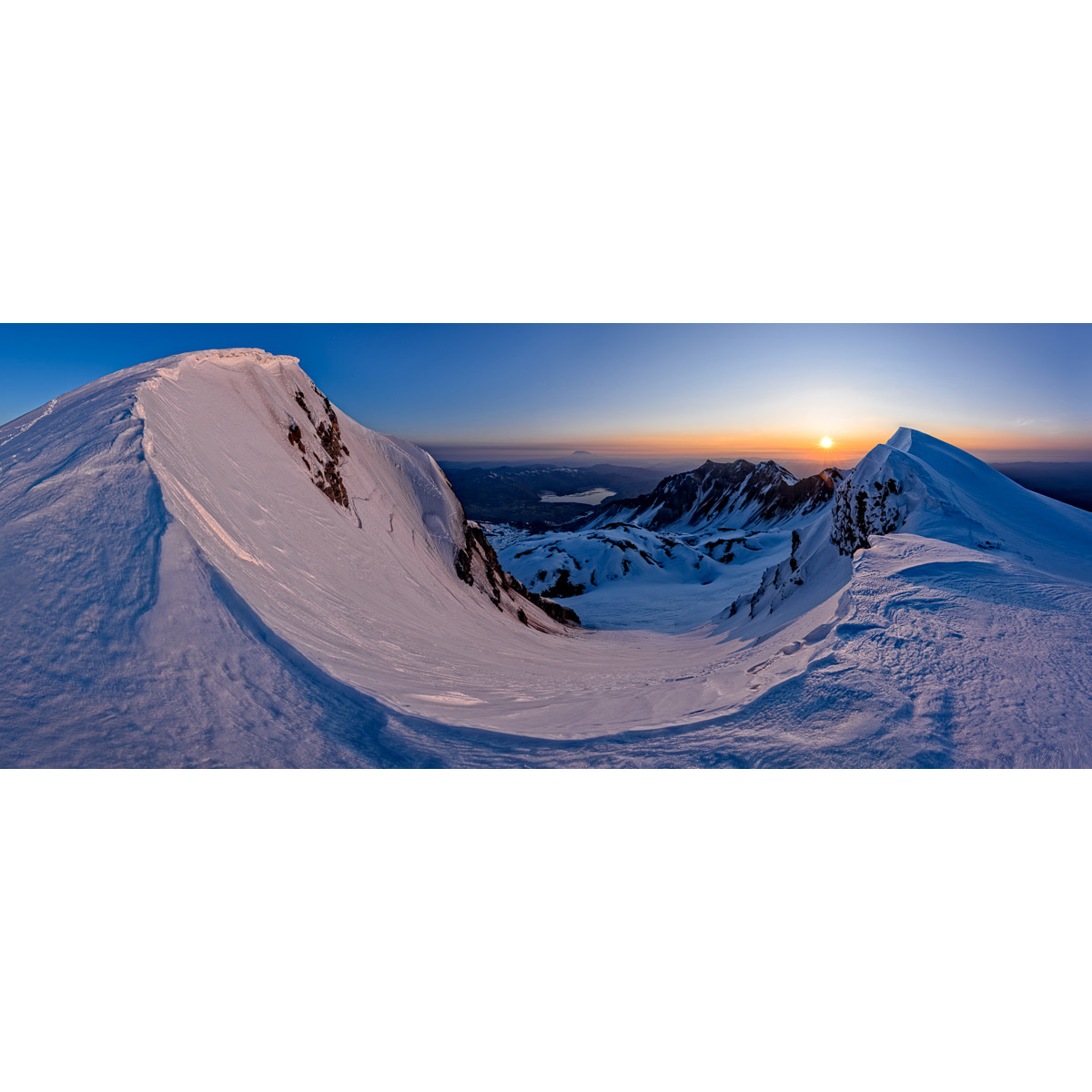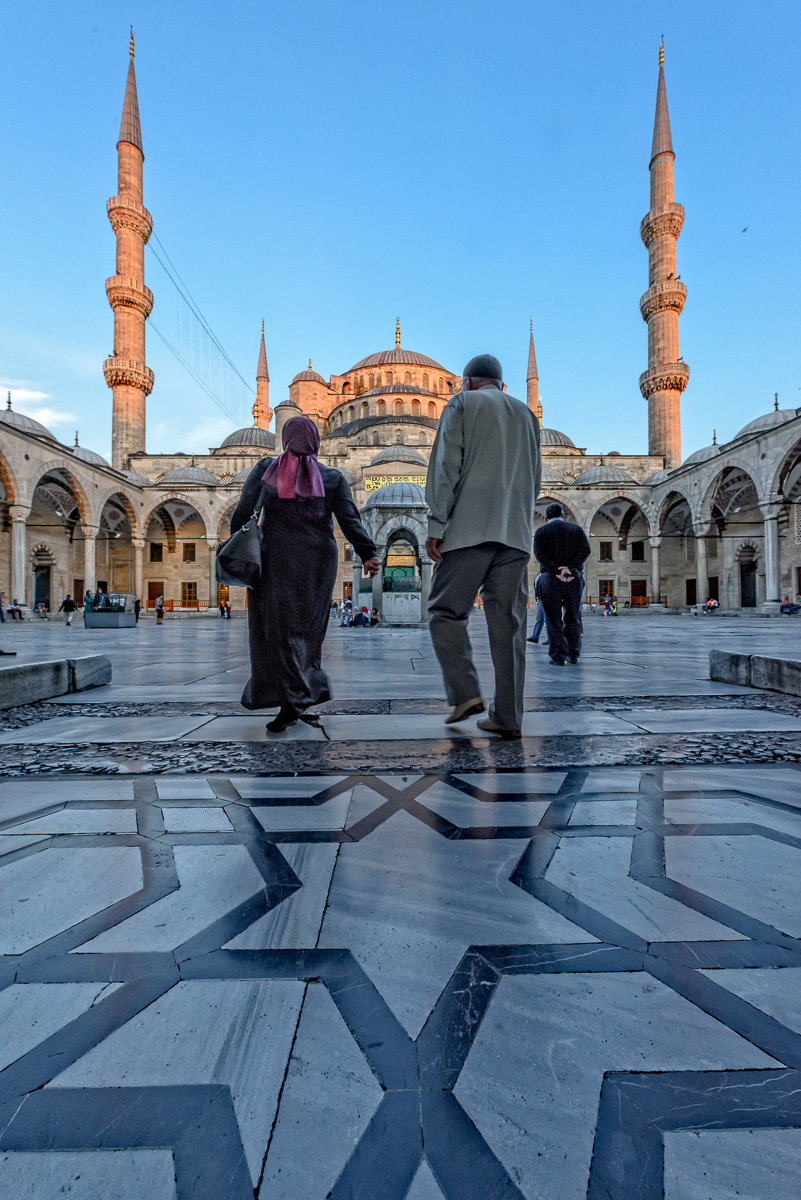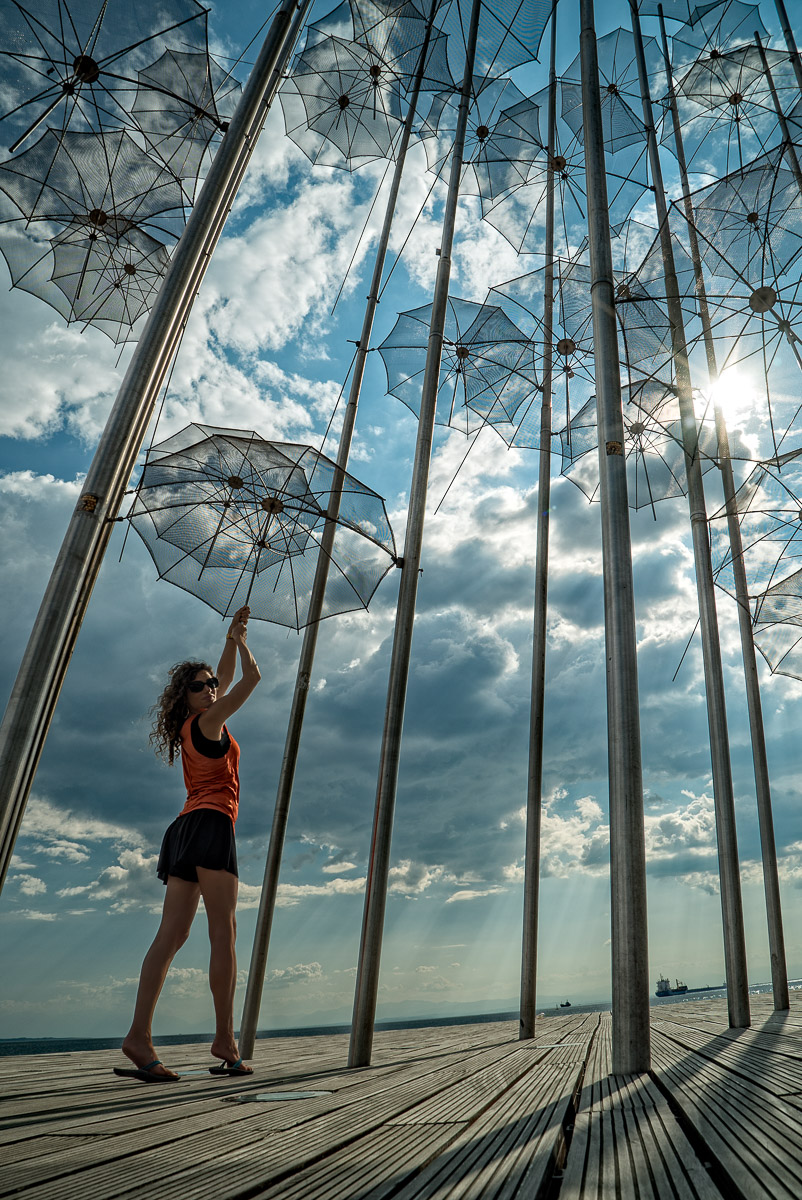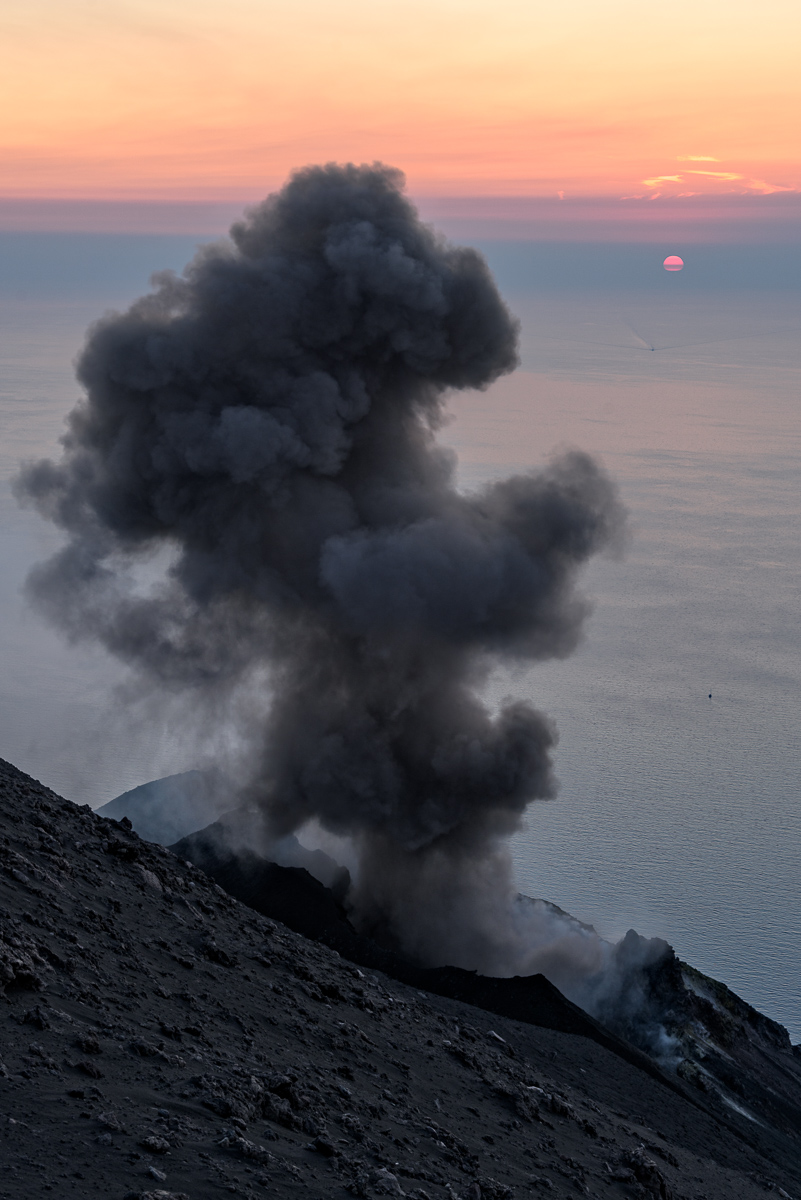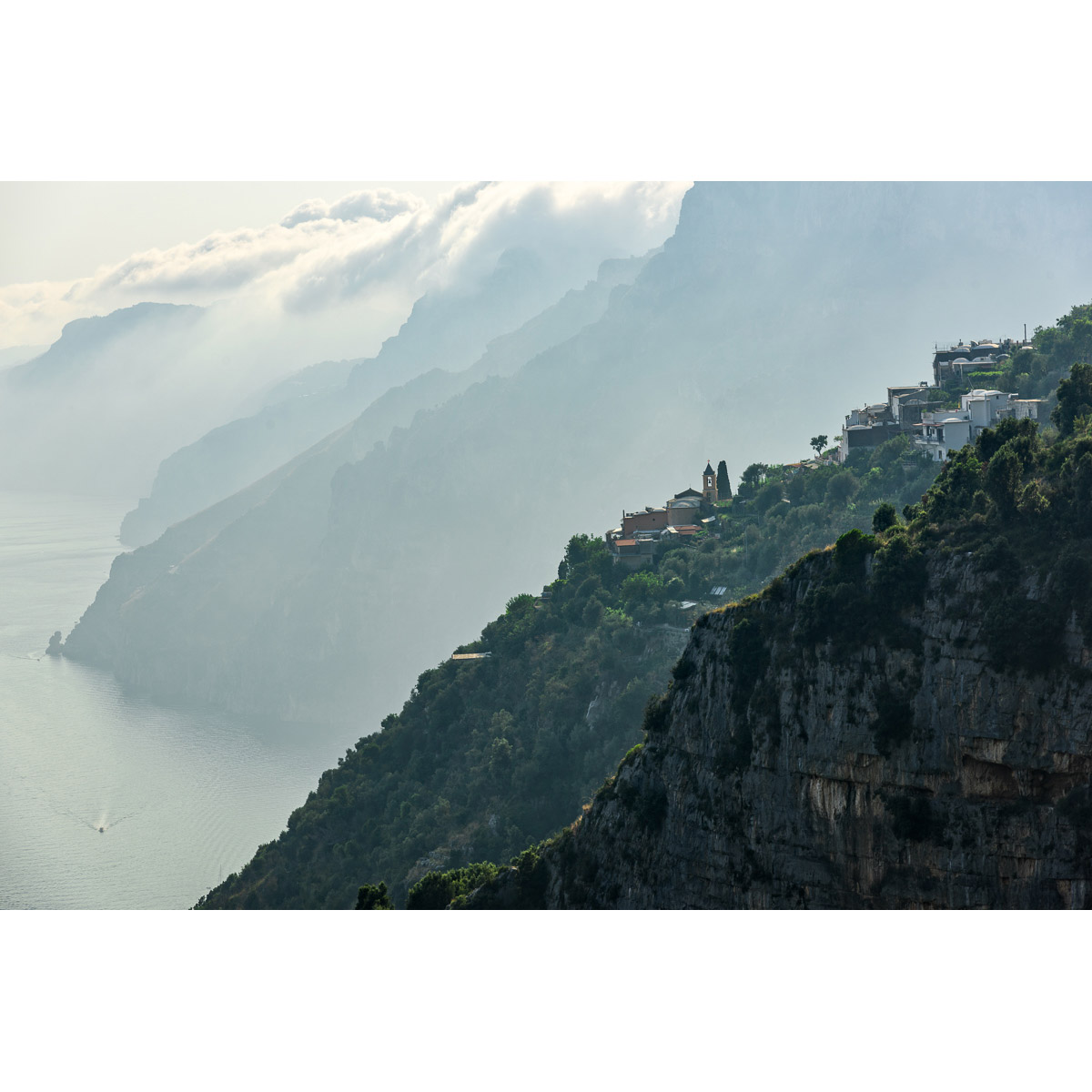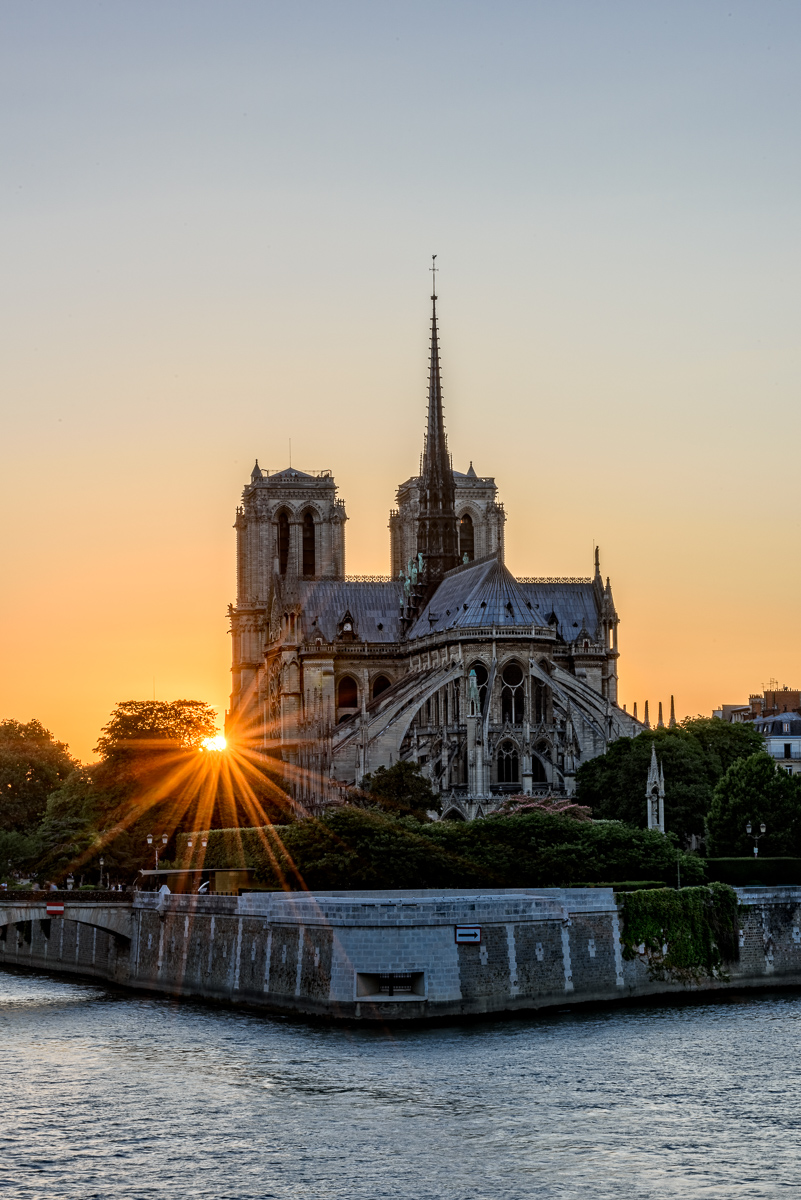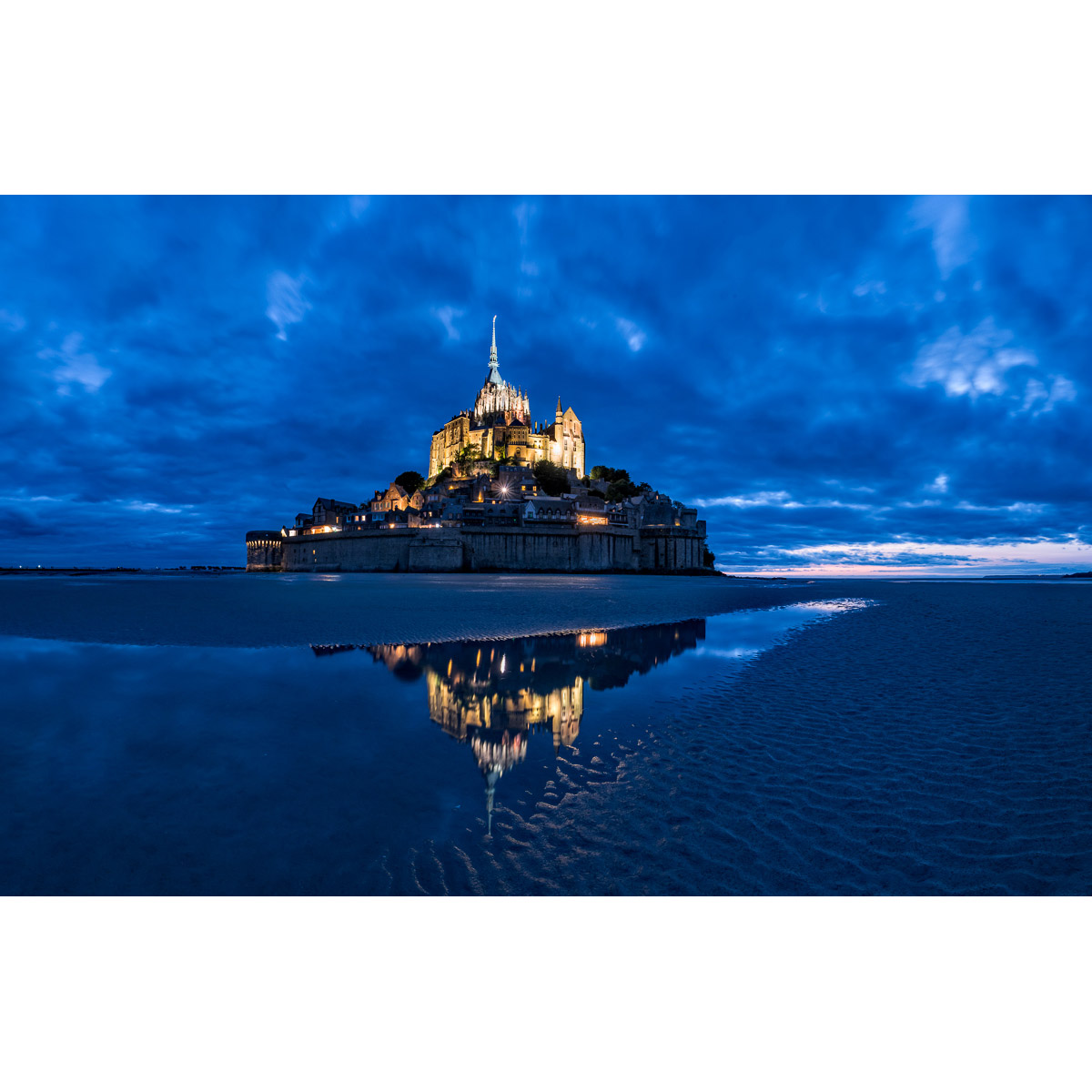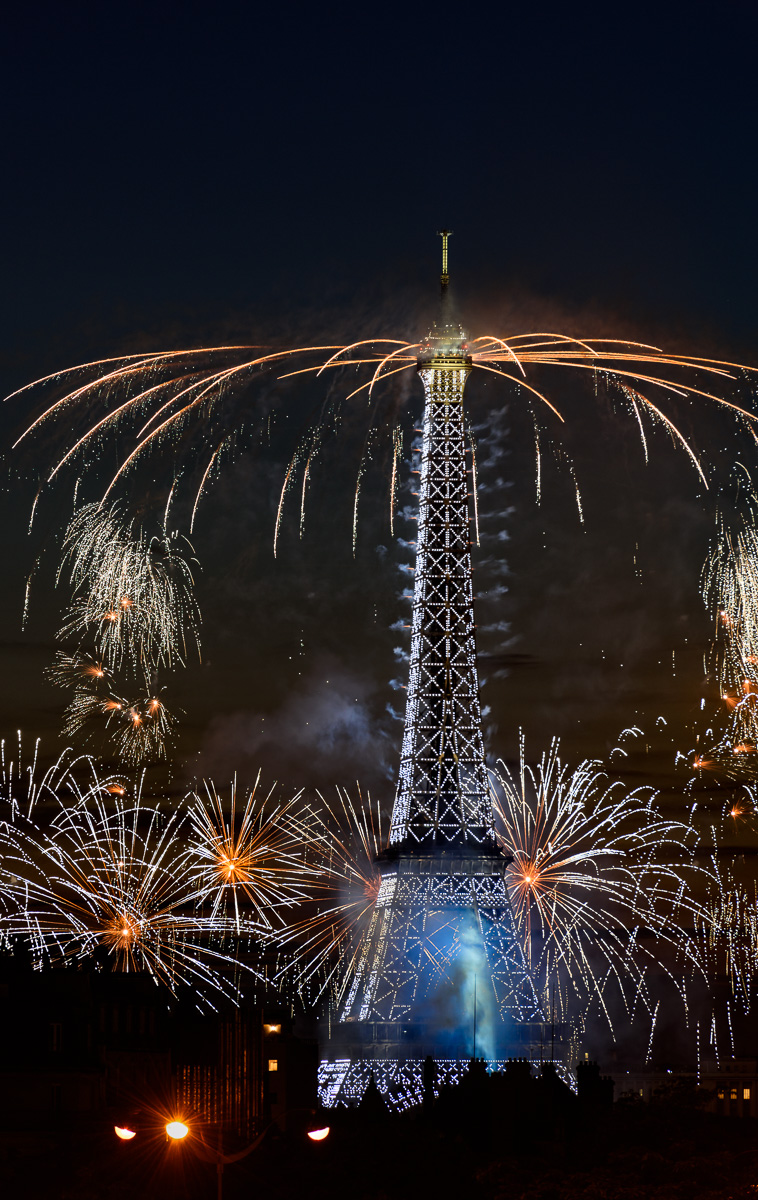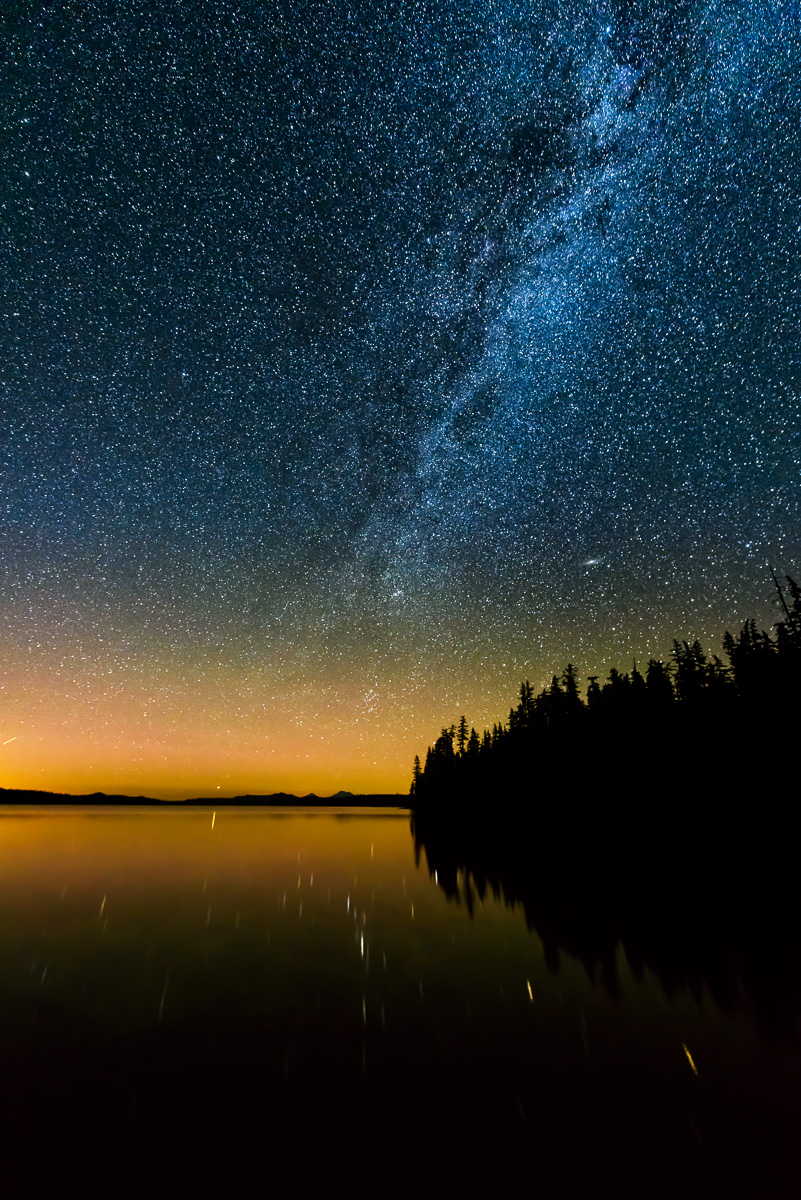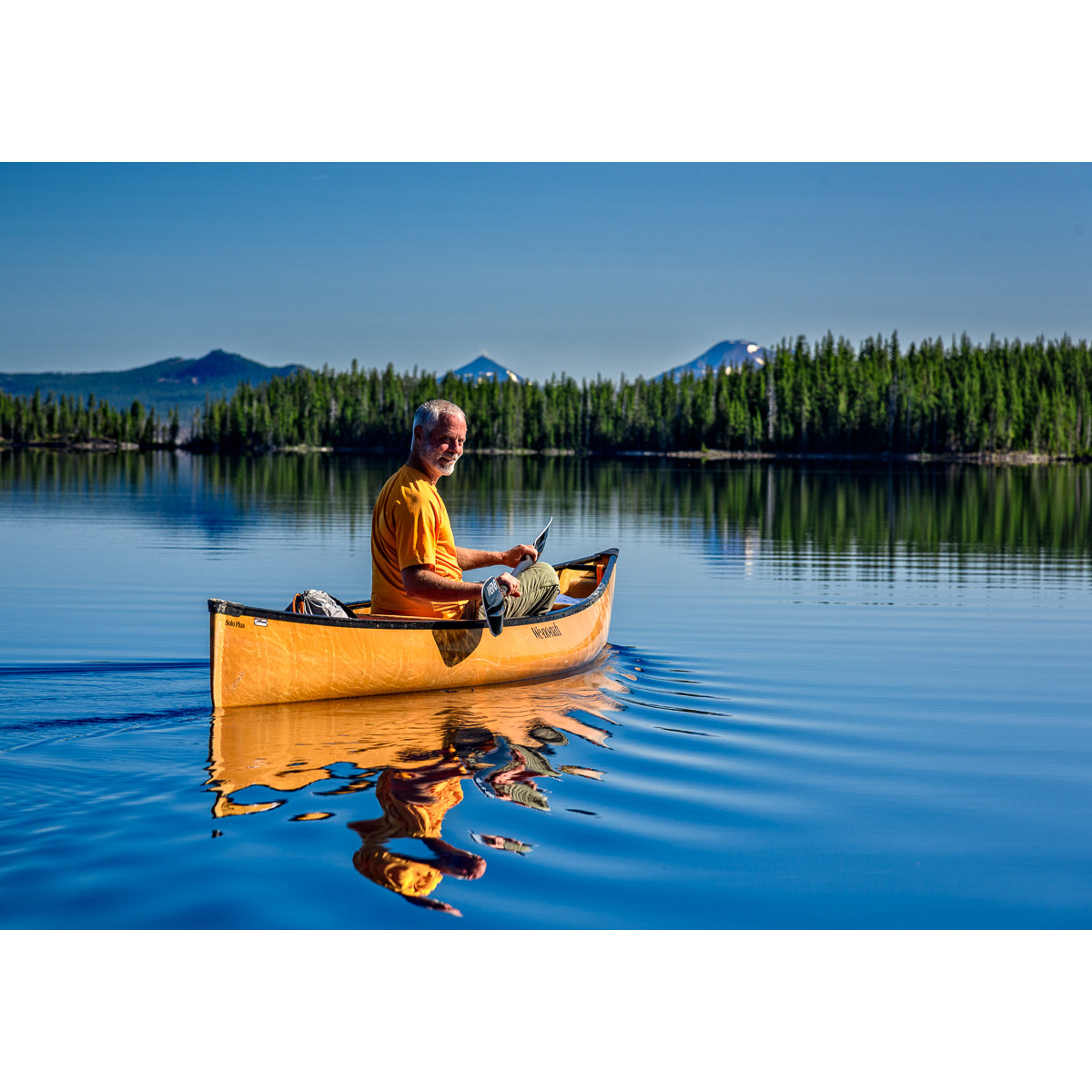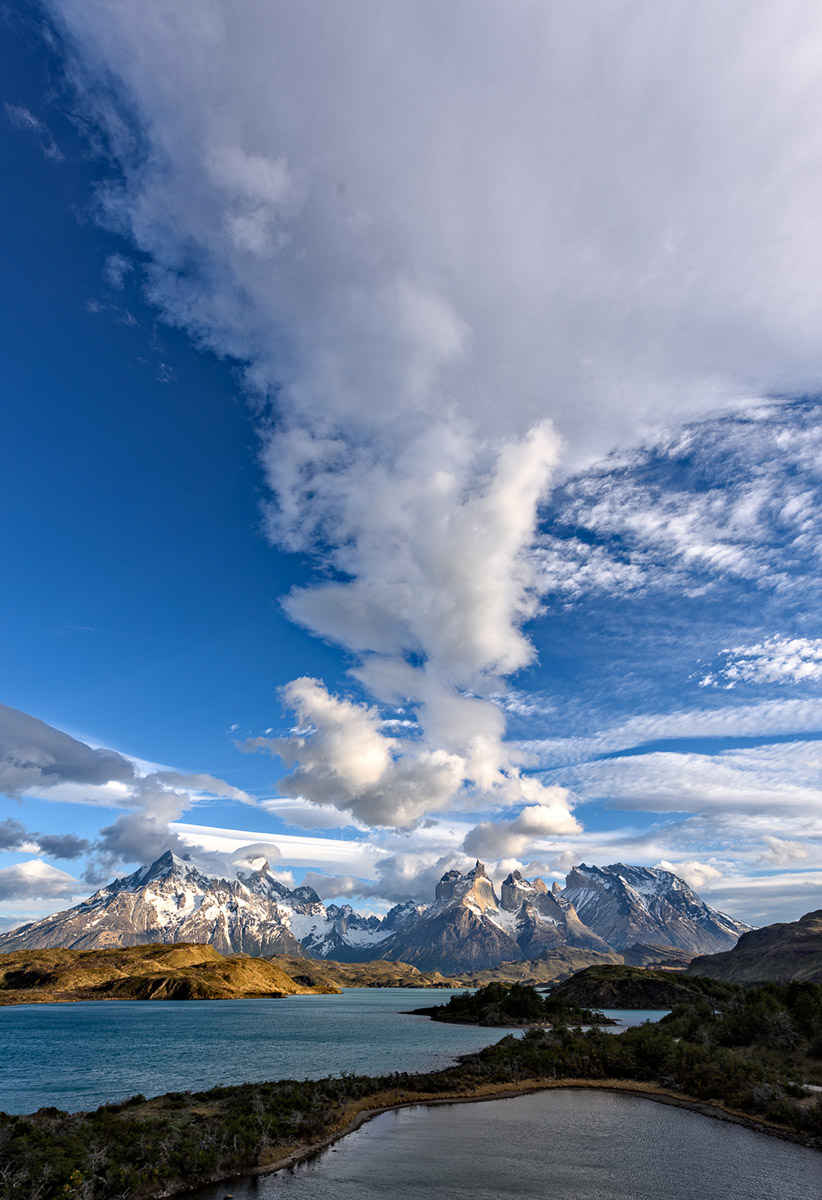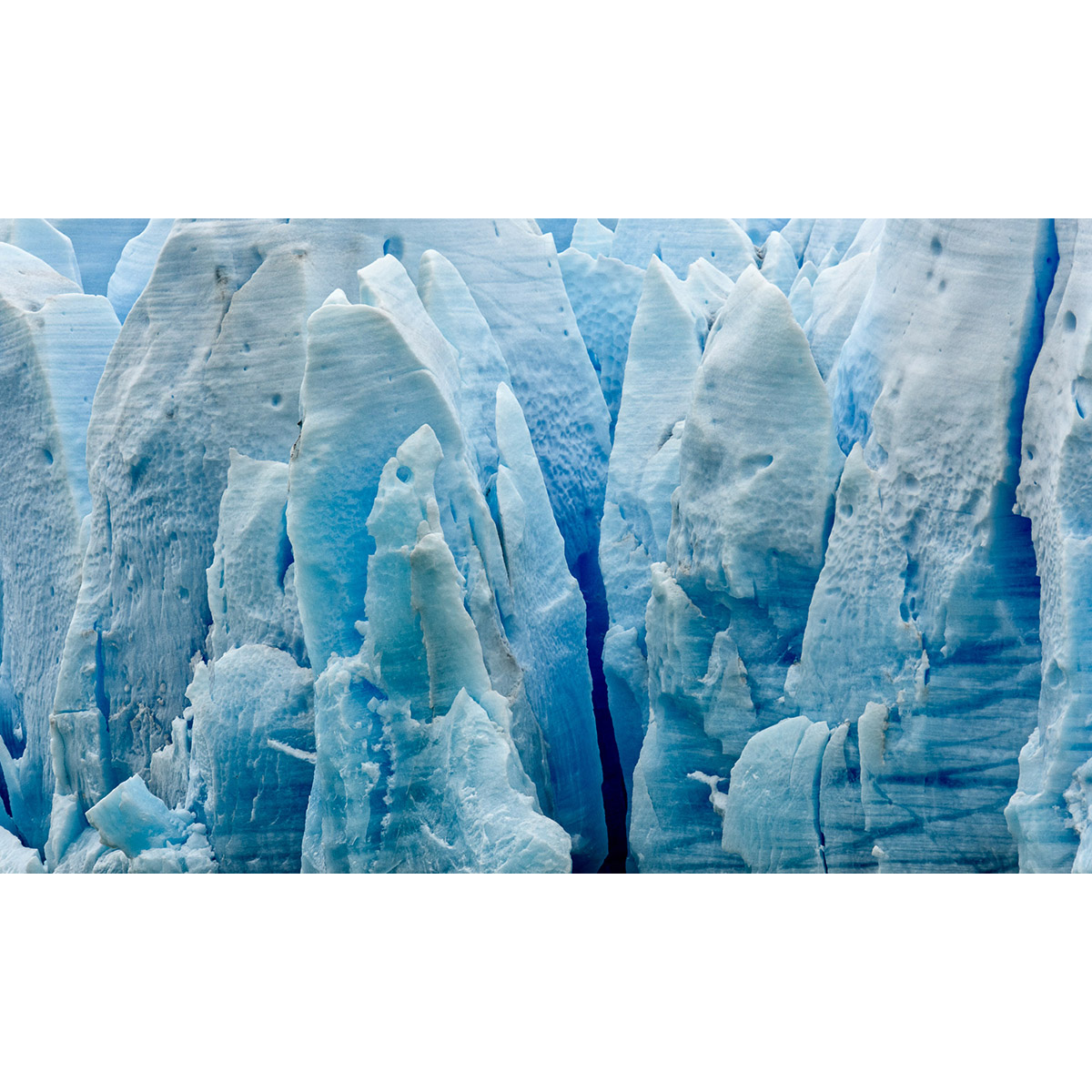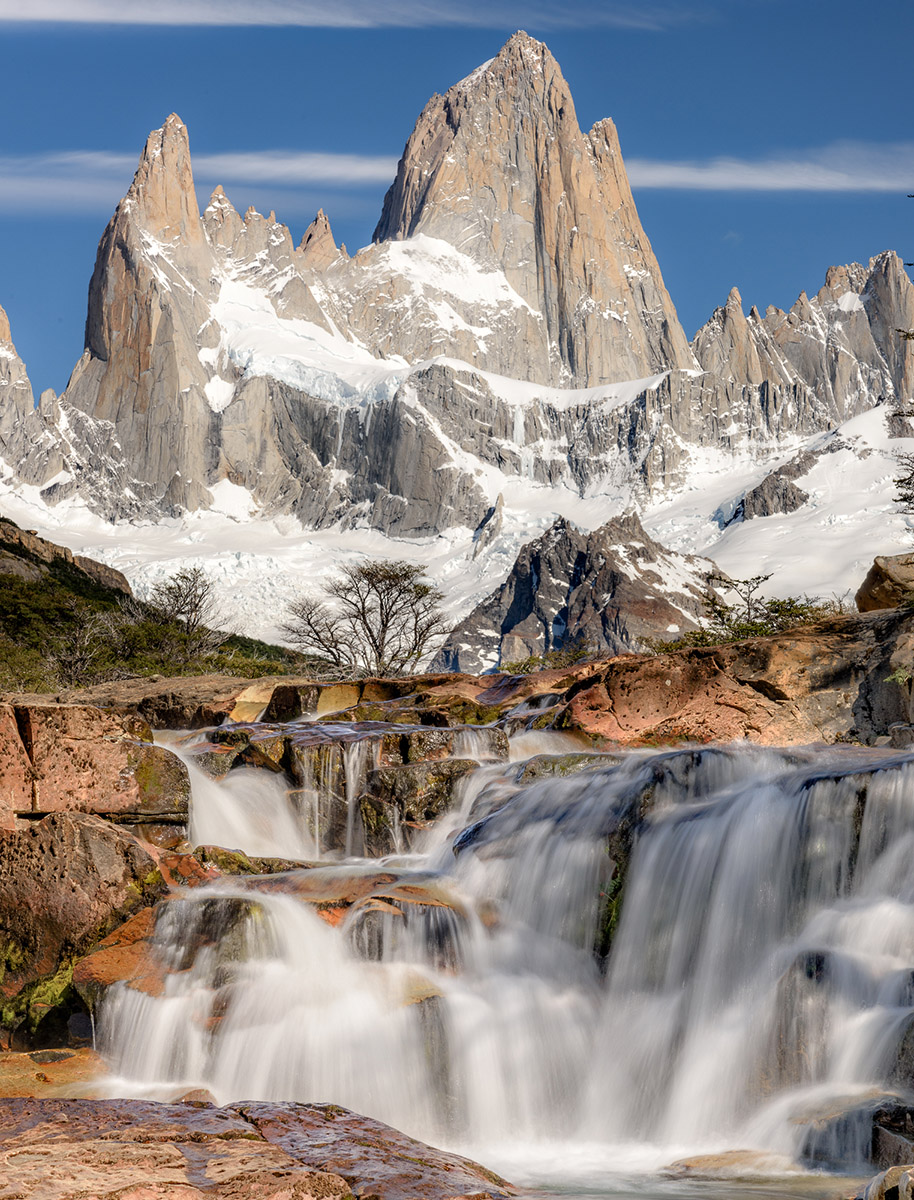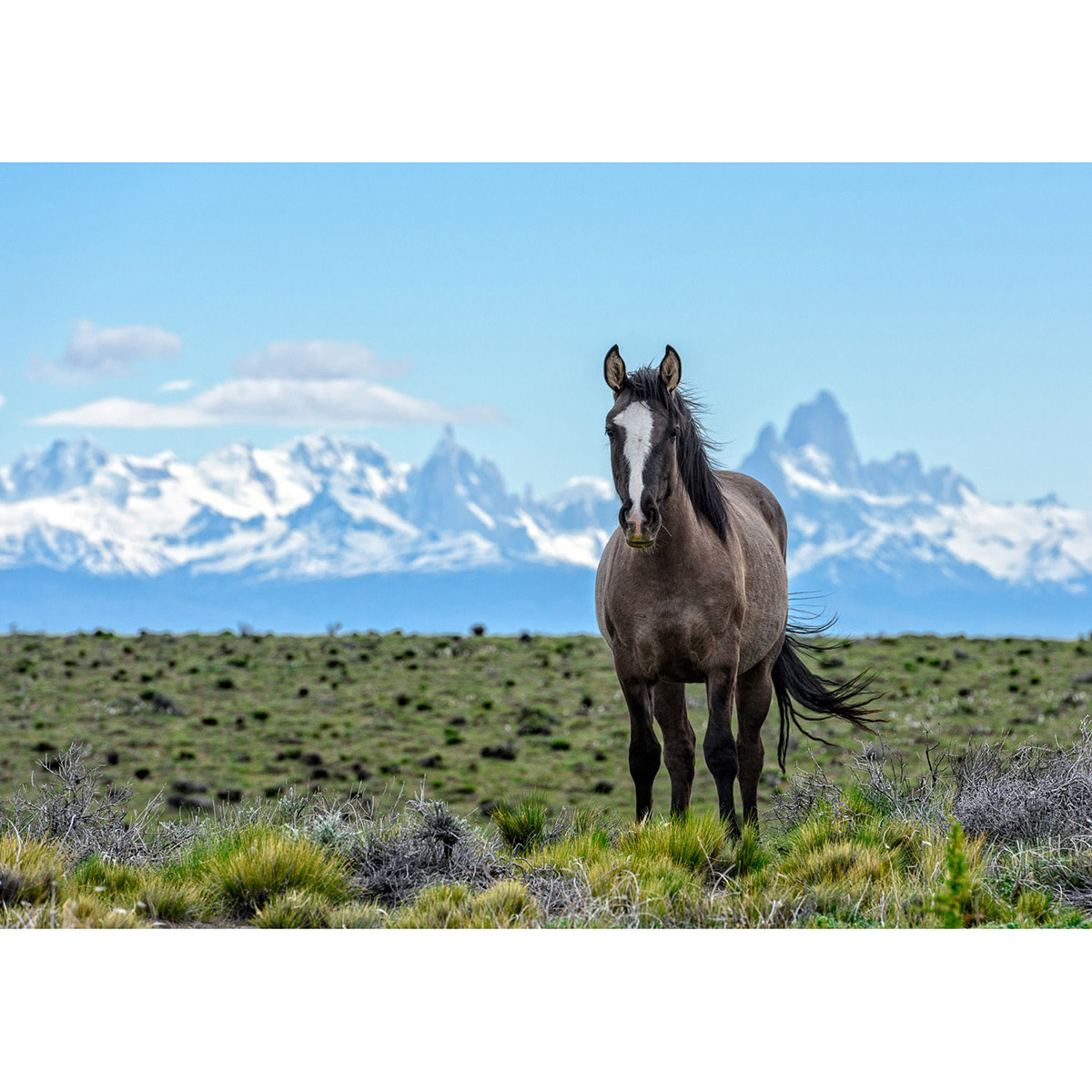I just wrapped up leading a workshop to photograph a candlelit festival in Mexico. We went light and handheld relying on the incredible high ISO performance of our modern digital sensors with fast prime lenses. In this video I'll pass along some of the lessons we learned while taking you on a tour of Michoacan and it's Dia de Muertos festival. It was a blast.
ATS 015: Packing for Dia De Muertos in Michoacan
When this episode goes live, I'll be teaching a workshop in Michoacan Mexico for Dia de Muertos (Day of the Dead). One of my favorite celebrations in one of my favorite places. Choosing what gear to pack for a big trip like this -- it's one of the hardest things we photographers have to do. Here I'll show you what I'm taking with me on a trip that combines handheld, low-light street photography with landscape and travel. All the gear I showcase is linked below.
ATS 014: Sharpening & Noise Reduction When & How
Lets talk about noise reduction and sharpening. I've had a lot of questions about when to sharpen images as well as how to sharpen and do noise reduction both in Adobe's Lightroom and ON1's Photo RAW. In this video I'll talk about when sharpening makes a difference and show you my workflow in both Lightroom and ON1's brand new Photo RAW 2019 which I'm beta testing for them.
ATS 013: How to Clean Your Sensor
Eventually it happens to everyone, You get back from a shoot and find your images are littered with sensor dust. As an photographer of kiteboarding, mountaineering and desert adventures I have to constantly check and clean my sensor. With mirrorless cameras and their exposed sensors, the problem is even worse. In this video I'll show you how to clean your sensor and then take a question about slotted filters vs round filters.
Sensor Gel Stick (approved for Sony), Sensor Light, and Rocket Blower
ATS 012: A Lightweight, Affordable Fluid Head System
If you follow me, then you know I think fluid heads are much better than ball heads for both stills and video. I'm frequently asked whether there is a lighter and/or more affordable fluid head solution. Well — I've found this Benro system that is both. At $350 for the carbon legs, leveling base and head, it's a screaming deal. At 5 pounds, it's surprisingly light for a solid fluid head that goes to eye level without raising the center column. At the end I cover a question about using step up adaptor rings with filters.
Pickup my Pano eBbook.
ATS 011: Focus Blending, Focus Breathing, & Fall Color
Sometimes it's impossible to get a single sharp image from the foreground to the background even stopped down to a narrow aperture with a wide angle. That's where focus blending (or stacking) comes in. What is focus blending and how does focus breathing complicate using this technique? Watch and I'll demystify that and show how I overcome focus breathing in the process.
It's fall and the colors are changing here in Portland. I'll work through a focus blended fall color image to show how this technique works while answering some questions and giving a sneak peak of my new Syrp Genie II Linear motion controller.
ATS 010: Capturing a Lowlight Scene Handheld
Skeletons, candles, children on the street late at night -- no this isn't Halloween -- it’s Michoacan's Dia de Muertos (Day of the Dead) celebration. In this video I'll take you on a tour of this incredible place and cultural event while I cover how I created one of my favorite images of moving subjects handheld in low light. Spoiler alert: I had to leave an incredible margarita melting away to capture it. From equipment choice and settings to having the right state of mind, I'll cover how I approached this scene.
I'm headed back to Michoacan with a very small group of photographers in late October for a special, all-inclusive workshop. A last minute cancellation has left a couple of spots open. If you're interested, more details are here.
ATS 009: Creating Mount Hood Panoramic Merger
Here's how I captured one of my favorite panoramic mergers ever. Getting lost in dark, snowy woods, nearly stepping off a corniced cliff, barely sleeping , scaring my wife to death --- yeah that all happened on this trip and it was worth it. In this video I'll share the story of this adventure with photos and time-lapse while I detail the research, planning, equipment and technique that I used to capture a crescent moon rising over Mount Hood in winter.
About Approaching The Scene: https://www.hudsonhenry.com/ats
Submit a Question: questions@hudsonhenry.com
Links to gear: https://www.hudsonhenry.com/atslinks
Capturing and Editing Still Photos for Timelapse
WHY TIME-LAPSE?
As photographers we constantly make creative decisions involving time and movement. We use long exposures to accentuate motion over time. We freeze time with fast exposures to capture the power of athletes in motion. Creating time-lapse video is another really fun way to visually dramatize time. It allows us to dabble in a new realm and capture the world of movement that we see around us in new and exciting ways.
Frequently students ask me if their digital cameras are capable of producing high-definition time-lapse and the answer is an emphatic yes. Film and video are simply a series of still frames played at 24 or 30 frames per second. Each frame of high definition 1080p video is only seven megapixels in size. Not only that, to keep file sizes small, digital video recording is so highly compressed that the ability to post process it is highly compromised. That means that a time-lapse created from a 14-megapixel still camera’s RAW images will be many times more editable than, as well as twice the resolution of, traditional video filmed in high definition.
FRAMES PER SECOND (FPS):
Before we delve any deeper I want to demystify the term frames-per-second (“FPS”) as it applies to video playback...
Read MoreFAVORITE MOMENTS OF 2015
I've had the good fortune to participate in some epic photographic adventures in 2015. Here's a quick slideshow of some of my favorite moments of the past year.
Happy New Year everyone!




